Red Clay Drainage Problems
JawjaPeach
12 years ago
Related Stories

GARDENING GUIDESGardening Solutions for Heavy Clay Soils
What’s a gardener to do with soil that’s easily compacted and has poor drainage? Find out here
Full Story
GARDENING GUIDESHow to Stop Worrying and Start Loving Clay Soil
Clay has many more benefits than you might imagine
Full Story
HOUSEKEEPING10 Problems Your House May Be Trying to Show You
Ignore some of these signs and you may end up with major issues. We tell you which are normal and which are cause for concern
Full Story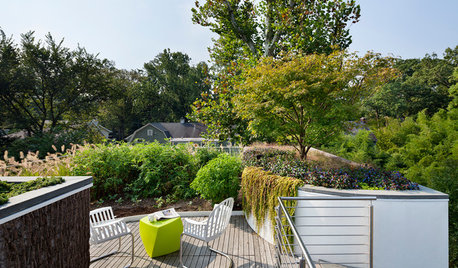
LANDSCAPE DESIGNProblem Solving With the Pros: Sustainable Landscape Captures Runoff
An underground cistern, permeable paving and a rain garden are part of this Washington, D.C. yard's thoughtful design
Full Story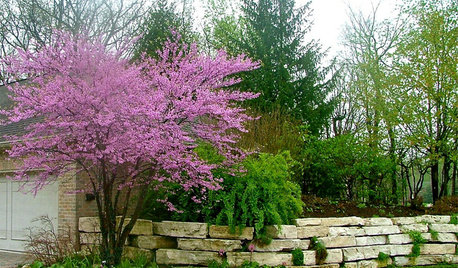
GARDENING GUIDES10 Top Mid-Atlantic Native Plants
Enjoy a four-season garden in the mid-Atlantic region with plants that will stand up to weather shifts, clay soil and the occasional deer
Full Story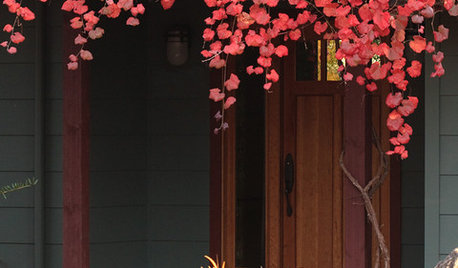
RED FOLIAGEGreat Design Plant: 'Roger's Red' California Wild Grape
Lush, vivid and a considerate provider of snacks for wildlife, this deciduous vine is especially spectacular in a fall garden
Full Story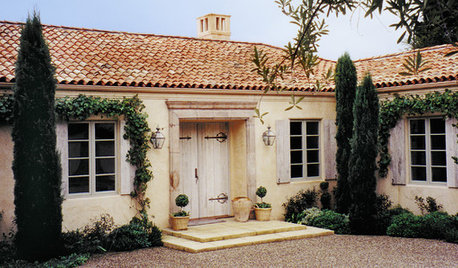
REMODELING GUIDES8 Natural Home Materials That Can't Be Beat
See how designing with natural stone, clay, wood and more can give a house luminosity, depth of color and lasting appeal
Full Story
GARDENING GUIDES6 Native Ground Covers for Tough, Dry Spots
Sun beating down on your sandy gravel? Thick shade darkening your clay soil? There’s a ground cover here for you
Full Story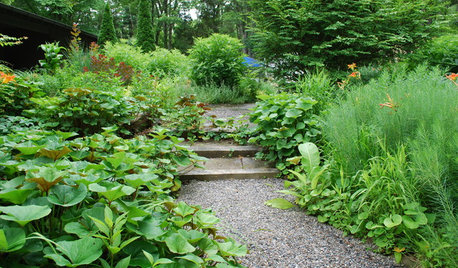
LANDSCAPE DESIGNTour a New American Garden in New Jersey
See how James Golden built his garden in a depression with wet clay and rogue cedars
Full Story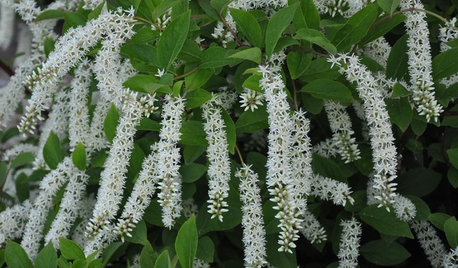
RED FOLIAGEGreat Design Plant: 'Little Henry' Sweetspire
Small in stature but big on impact, this fuss-free shrub promises spring flowers, fiery fall color and good manners in the garden
Full Story





ken_adrian Adrian MI cold Z5
JawjaPeachOriginal Author
Related Professionals
Redondo Beach Landscape Architects & Landscape Designers · Broadlands Landscape Contractors · Cerritos Landscape Contractors · Columbine Landscape Contractors · Markham Landscape Contractors · Winter Gardens Landscape Contractors · Fishers Window Contractors · Granite City Window Contractors · Alexandria Driveway Installation & Maintenance · Algonquin Decks, Patios & Outdoor Enclosures · Bowie Decks, Patios & Outdoor Enclosures · New Albany Decks, Patios & Outdoor Enclosures · Orland Park Decks, Patios & Outdoor Enclosures · Salisbury Decks, Patios & Outdoor Enclosures · Sugar Land Decks, Patios & Outdoor EnclosuresJawjaPeachOriginal Author
Iris GW
JawjaPeachOriginal Author
rhizo_1 (North AL) zone 7
JawjaPeachOriginal Author
brandon7 TN_zone7
JawjaPeachOriginal Author
JawjaPeachOriginal Author
NHBabs z4b-5a NH